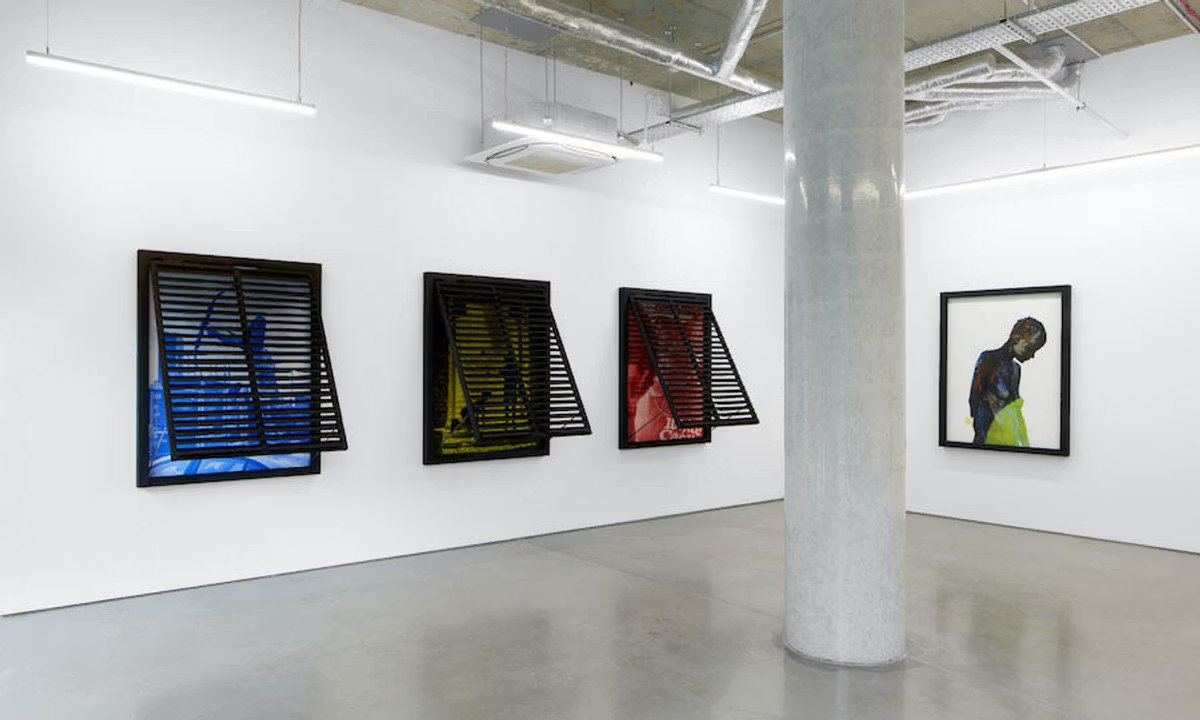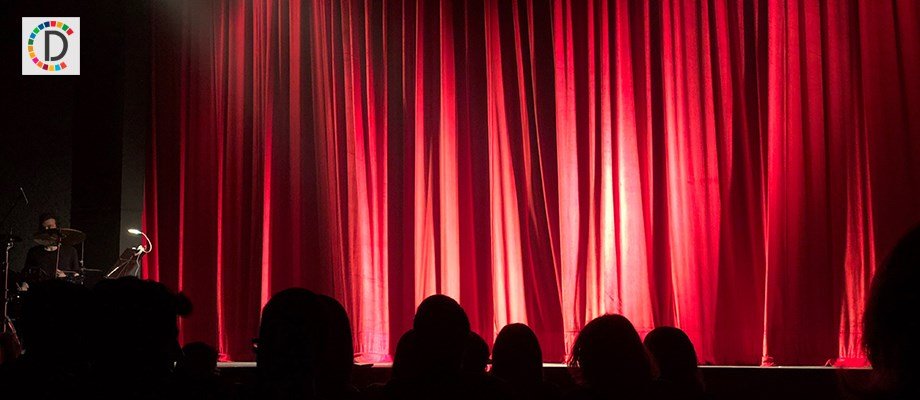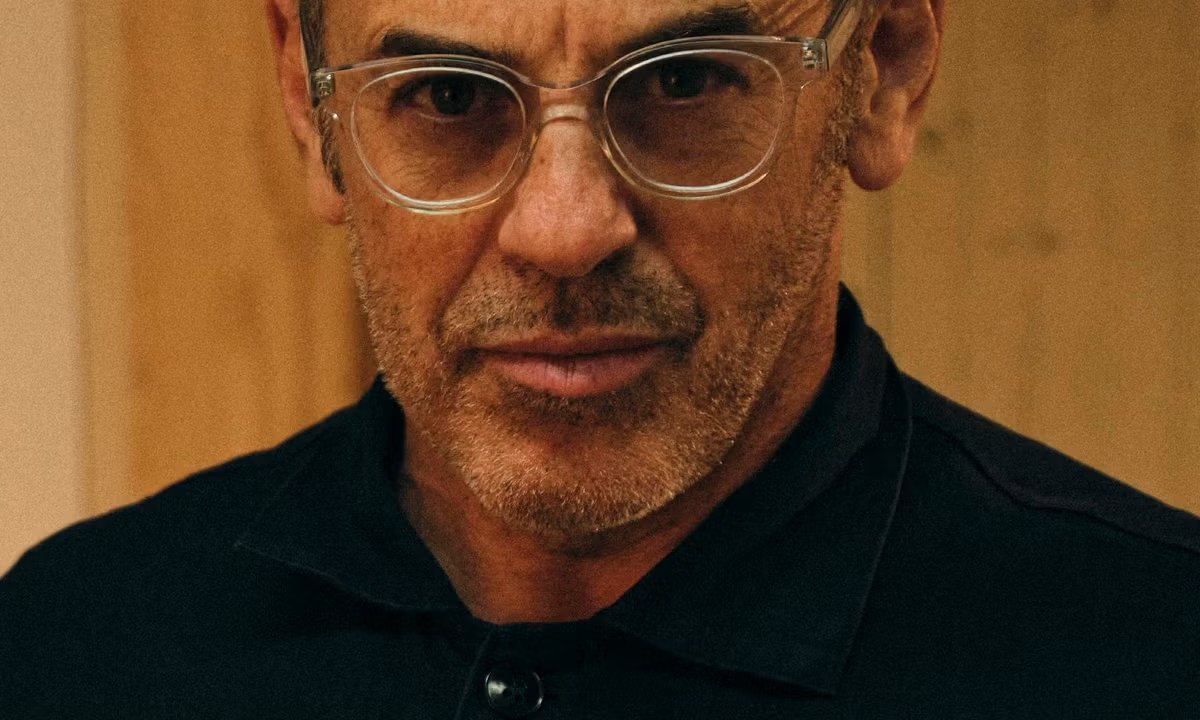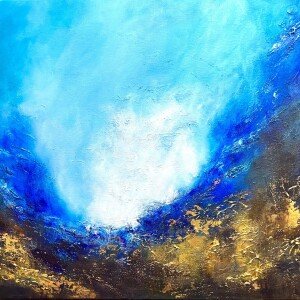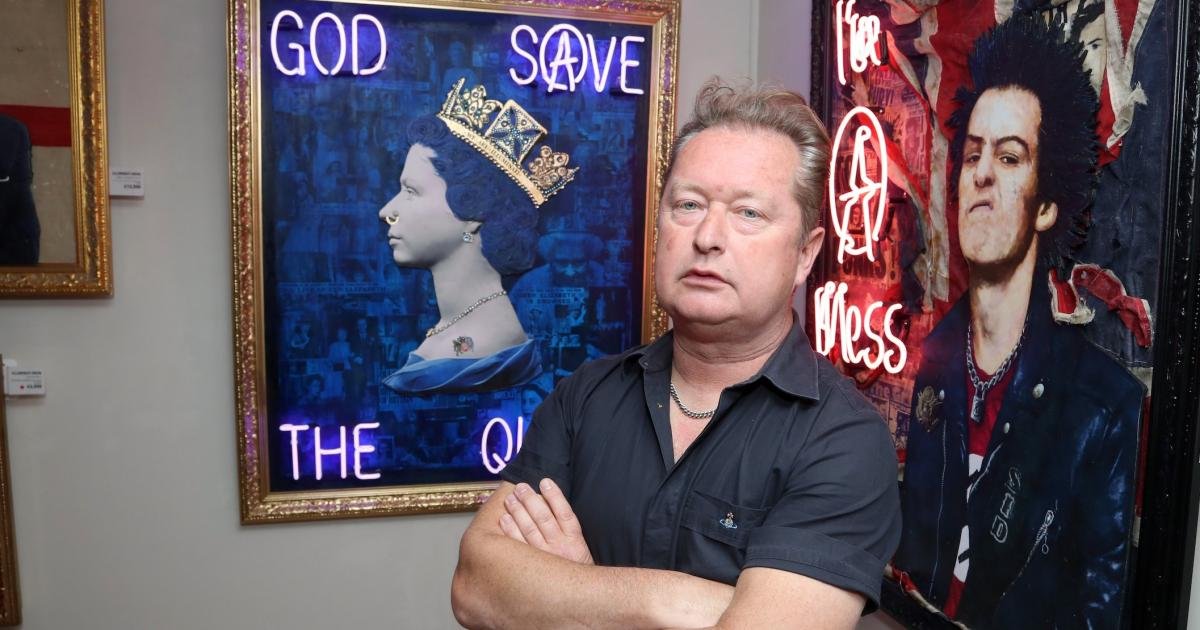The first artwork on display at the Museum of Contemporary Art’s new exhibit is supposed to be stepped on.
The piece is the beginning of “Yoko Ono: Music of the Mind,” which spans over 70 years of Ono’s life and career, highlighting her work as a multimedia artist and activist. Curator Jamillah James described the exposition as “monumental,” coming from England and Germany to be Ono’s first in Chicago.
The exhibit, which premiered Oct. 18 and will run through Feb. 22, contains over 200 artworks, including performance pieces, film excerpts, songs, photographs, paintings, installations — nearly every medium imaginable — and spans the entire building.
With a focus on creating change through individual agency, the exhibit’s viewers are invited — oftentimes required — to participate throughout. Each is forced eventually to confront the question: Do we interact with art, or does art interact with us?
Outside the museum, located at 220 E Chicago Ave., passersby can reflect on a striking black and white billboard which contains only the words “PEACE IS POWER,” an artwork Ono has been displaying with varying iterations since 1969. This message also graces the lobby windows, with all 24 panes containing a different translation looking upon the Chicago metropolis.

“Painting to be Stepped On,” part of Ono’s first solo exhibition in 1961, illustrates a key feature of her art — interaction. Alongside this are Ono’s first “Instruction Paintings,” which premiered at the same time.
The black painting stands stark against the all-white interior, which turns the museum itself into the patron’s studio. The act of creation transcends space and time through the design and installations, expressly in the “Instruction Paintings.”
The early “Instruction Paintings” are small parchment papers with clean Japanese calligraphy overtop, each giving steps to create an artwork. These instructions are the backbone of Ono’s artistic philosophy. The viewer, in their interpretation and imagination, is both the art and artist, the means and end.
The following room features more “Instruction Paintings,” including some with Ono’s handwritten notes. Further still, a group of performers act out select instructions, which the audience — as with the exhibit as a whole — is invited to do.
Also interactive is “Mend Piece,” in which participants are given broken pottery, glue, tape and twine to reconstruct as they wish. The work is installed in the Ruth Horwich Lake Gallery, which features a scenic overview of Lake Michigan to reflect with.
“Mend with wisdom / mend with love. It will mend the earth / at the same time. y.o.” An adjacent wall reads.

“Ceiling Painting/Yes Painting,” in which the guest climbs a ladder up to a pane of glass and uses a microscope to reveal a single word — “Yes.” — has become one of Ono’s most-known pieces.
It was this work John Lennon climbed upon and was enraptured by in 1967, beginning one of pop culture’s most iconic relationships.
As they worked so closely together, even becoming colloquially known as “Lennon and Yoko,” the Beatle is naturally represented in the installation.
Unlike many depictions of Ono, however, the exhibit makes clear that Ono had a flourishing, revolutionary career before and after her relationship with Lennon. This marginalization of him in her story is refreshing.

The music the couple made, along with Ono’s extensive solo discography, is available to listen to in a quaint circular room with plush beanbag chairs and headphones, creating a meditative listening experience.
The cozy, dim space invites the audience to sit for hours, watching lyrics roll across the screens and admiring walls adorned with album covers.
Scenes from the couple’s “Bed-In for Peace,” in which the two rented a hotel room and invited press and activists to watch them lie in bed surrounded by signs calling for peace, are also played in their own room. Intermixed are peace anthems the pair made such as “Give Peace a Chance” and “Instant Karma! (We All Shine On).”
Among her several artworks calling for peace and empathy is “Refugee Boat,” an all-white room with a boat in the middle, in which participants are invited to take a blue marker — representing the ocean — and write what they wish, anywhere they wish.
The piece was inspired by Ono’s own transient identity, having moved between Japan, the United States and England. Created in 2016, it serves as Ono’s horrified reaction to the treatment of immigrants across the world.
Despite the ages of the artwork, Ono’s insistence on interaction makes each video, picture, paper and sculpture exist outside of time in the mind of each viewer.
Each piece has an eerily relevant feel, as if she were there personally questioning you — perhaps none more so than “Refugee Boat.”
Ono demands us to remember in times of chaos and peril, it’s not thinkers or artists we must turn to — it’s ourselves.
The reflective exhibit ends with a television screen broadcasting the sky above the museum. Peace is right there, above us — with us, it shows. We need only reach out and grasp it. The war can be over, if you want it.
The Museum of Contemporary Art is open Tuesdays 10 a.m. to 9 p.m. and Wednesday through Sunday 10 a.m. to 5 p.m.




